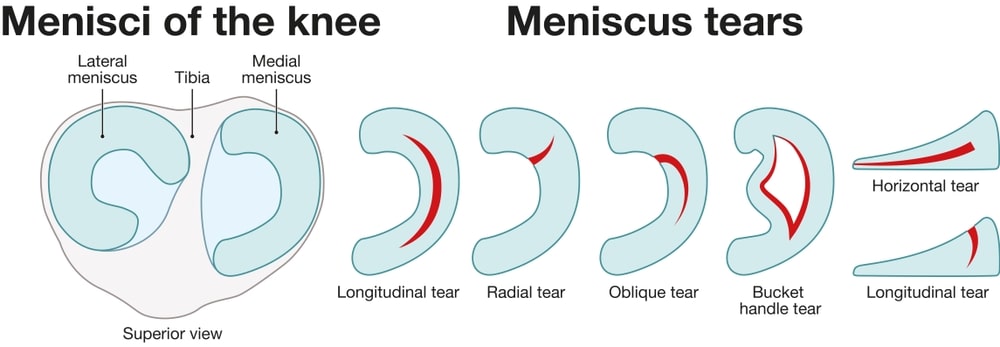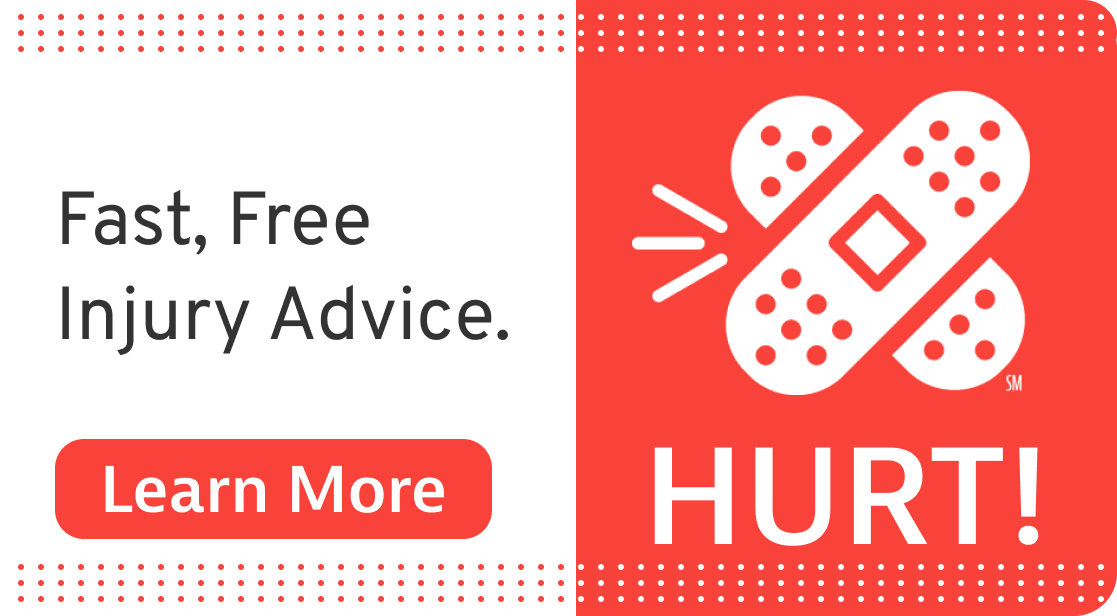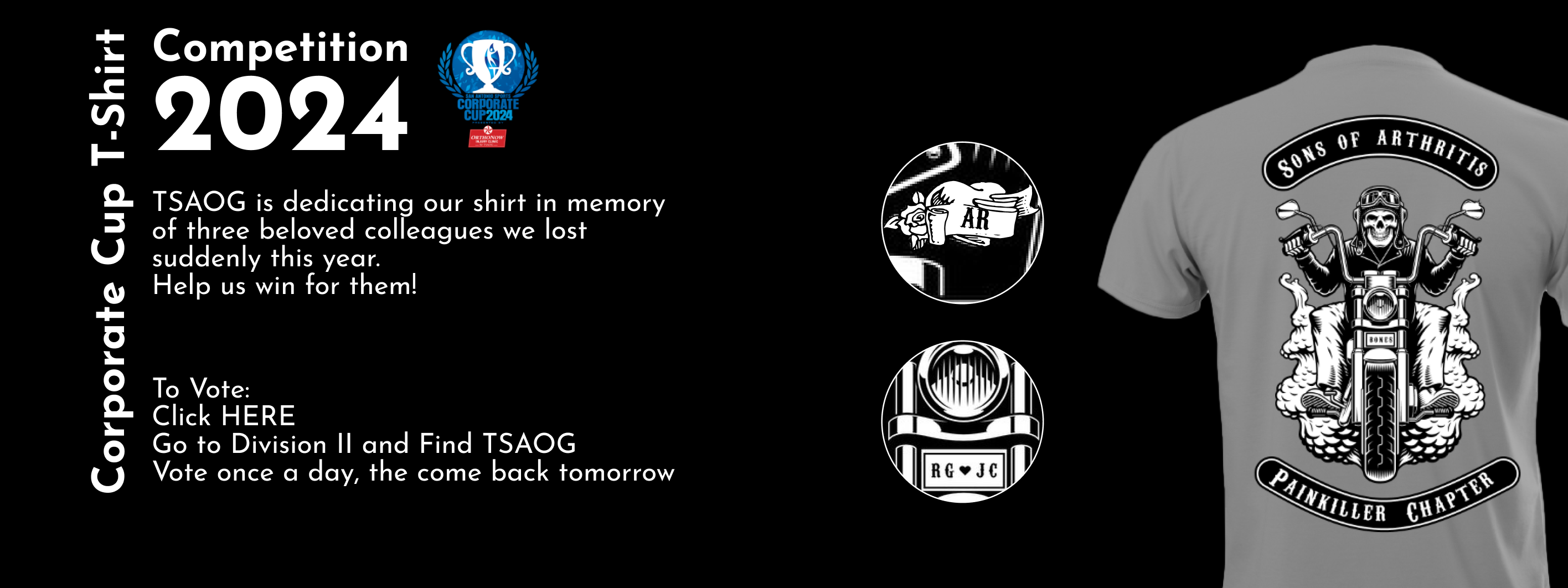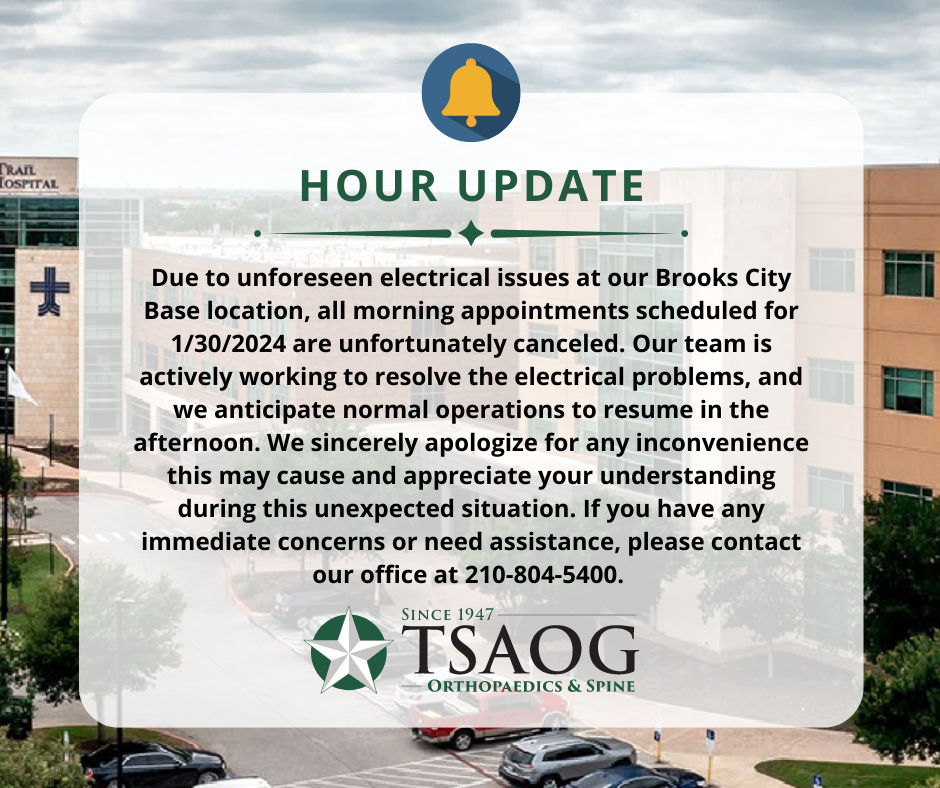The meniscus is crucial in maintaining knee stability, cushioning impacts, and allowing smooth movement. Unfortunately, this vital cartilage is prone to injury, especially during physical activity. Meniscus injuries or tears can happen to anyone, from professional athletes to someone who does not regularly exercise. Understanding how these injuries occur and how to treat them is critical to maintaining knee health. In this guide, we explain what a meniscus injury is, its causes, symptoms, treatment options, and how you can prevent this common knee injury.
What Is a Meniscus Injury?
A meniscus injury is a tear in the meniscus, a C-shaped piece of cartilage cushioning the knee joint between the femur (thigh bone) and tibia (shin bone). Each knee has two menisci: the media (inside) and lateral (outside). These cartilage structures act as shock absorbers that help stabilize the knee and smooth movement.
When the meniscus tears, it can result in pain, swelling, and reduced range of motion. Meniscus injuries vary in severity, from small tears that may heal on their own to large, complex tears that require surgery.
Causes of Meniscus Injuries
Meniscus injuries can be caused by several factors, often related to physical activities that involve twisting or pivoting motions. Some of the common causes include:
- Sudden twisting movements: Participating in sports like basketball, soccer, or tennis, where quick changes in direction are required, can result in a meniscus tear.
- Deep squats or heavy lifting: Movement that places extreme pressure on the knee joint, such as squatting or lifting heavy objects, can cause the meniscus to tear.
- Aging: As we age, the cartilage in our knees becomes weaker and less elastic, making it more prone to tears, even during everyday activities.
- Trauma or accidents: Direct impact on the knee, such as a fall or collision, can cause meniscus damage.
In some cases, meniscus injuries can happen along with other knee injuries, such as an anterior cruciate ligament (ACL) tear.
Symptoms of Meniscus Injury
Meniscus injuries often present with noticeable symptoms, although the intensity can vary depending on the size and location of the tear. Common symptoms include:
- Pain in the knee joint: The pain may be localized to either the inside or outside of the knee, depending on which meniscus is injured.
- Swelling and stiffness: The knee may become swollen and stiff within a few hours of the injury.
- Difficulty straightening the knee: A torn meniscus can make it challenging to straighten the leg fully, and the knee may “lock” or catch during movement.
- Popping sensation: Some individuals report hearing a popping sound at the time of injury.
- Instability: The knee may feel unstable or give out, particularly during weight-bearing activities.
If you experience any of these symptoms, it’s important to seek medical attention to determine the extent of the injury.
How To Treat a Meniscus Injury
Treatment for a meniscus injury depends on the tear’s severity, the injury’s location, and the patient’s age and activity level. Here are some common treatment options:
RICE Method (Rest, Ice, Compression, Elevation)
Initial treatment for minor meniscus injuries often involves the RICE method. Resting the knee, applying ice packs, using compression bandages, and elevating the leg can reduce swelling and alleviate pain. This approach is typically recommended for minor tears.
Physical Therapy
Physical therapy can help restore strength and range of motion in the knee. A physical therapist will guide patients through exercises that target the muscles surrounding the knee to improve stability and promote healing. This option is often used for less severe tears or as part of post-surgical rehabilitation.
Medications
Over-the-counter nonsteroidal anti-inflammatory drugs (NSAIDs), such as ibuprofen or aspirin, can be used to manage pain and reduce inflammation. In some cases, doctors may prescribe stronger medications if necessary.
Corticosteroid Injections
For persistent swelling and pain, corticosteroid injections may be recommended. These injections help reduce inflammation in the knee and provide temporary relief, allowing the patient to engage in physical therapy or other treatments.
Arthroscopic Surgery
If the tear is large or conservative treatments don’t provide relief, arthroscopic surgery may be necessary. During this minimally invasive procedure, a small camera is inserted into the knee to allow the surgeon to either trim away the damaged portion of the meniscus (partial meniscectomy) or repair the tear. Surgery is usually followed by a structured rehabilitation program.
Meniscus Repair Surgery
In younger patients or those with a tear located on the outer edge of the meniscus (where there is blood supply), meniscus repair surgery may be an option. This procedure involves stitching the torn meniscus back together to allow it to heal.
How Long Does It Take to Heal a Meniscus Injury?
The recovery time for a meniscus injury can vary widely depending on the severity of the tear and the chosen treatment approach. For minor tears treated with conservative methods like rest and physical therapy, recovery may take 4-8 weeks. The lower estimates typically apply to younger patients with very minor injuries. However, more severe tears that require surgery can take 3-6 months for full recovery.
Patients who undergo meniscus repair surgery typically experience a longer healing process compared to those who have part of the meniscus removed. Rehabilitation and physical therapy play a crucial role in regaining strength and mobility during recovery.
How To Prevent a Meniscus Injury
Preventing a meniscus injury involves a combination of strengthening exercises, proper technique, and smart lifestyle choices. Since the meniscus is essential for knee stability and movement, protecting it is crucial, especially if you participate in activities that stress your knee. Below are some strategies to help reduce your risk of a meniscus injury.
Strengthen the Muscles Around the Knee
Building up the muscles that support the knee–particularly the quadriceps, hamstrings, glutes, and calf muscles–can significantly reduce your risk of a meniscus tear. Strong muscles provide better stability and take pressure off the meniscus during physical activities. Incorporating exercises such as leg presses, hamstring curls, lunges, and squats (with proper form) can improve knee stability. Balance and proprioception exercises, like using a balance board or performing single-leg squats, can also improve muscle control around the knee joint.
Additionally, it’s important to work on your hip and core muscles. Weak hip muscles can cause the knee to rotate improperly during movement, which increases the risk of injury. Exercises like leg lifts and bridges can help strengthen these areas and reduce knee stress.
Warm Up Before Exercise
A thorough warm-up is critical to preventing meniscus injuries. Before engaging in any physical activity, getting your blood flowing and preparing your muscles and joints for the strain they’ll endure is important. To increase circulation, begin with 5-10 minutes of light cardio, such as jogging, plyometrics, or cycling. Following the warm-up, incorporate dynamic stretches–such as leg swings, lunges, and hip circles–that mimic the movements you’ll be doing during your activity. These stretches help lubricate the joints and improve mobility, which reduces the risk of sudden twists or overextension.
While static stretching is beneficial for flexibility, it should be saved for after your workout when your muscles are warm. Focus on stretches that target the hamstrings, quadriceps, calves, and hip flexors.
Use Proper Technique and Form
Whether you’re playing a sport or performing everyday tasks like lifting heavy objects, using the correct technique is crucial for knee protection. In sports, always focus on proper form to avoid awkward movements that can excessively strain the meniscus. For example, when performing squats or lunges, make sure your knees stay in line with your toes and avoid allowing them to cave inward, which can lead to injury.
In sports like basketball, soccer, or tennis, where sudden direction changes and pivoting are common, practicing controlled movements can help minimize stress on the knee joint. Strengthening agility
and stability through drills can further reduce the likelihood of injuring your meniscus during quick movements.
In weightlifting, avoid deep squats or overloading the knees with excessive weight, especially if you’re not confident in your form. Maintaining proper posture and distributing the weight evenly across your legs is key to avoiding unnecessary strain on your knees.
Avoid Sudden Twisting or Pivoting Motions
Twisting or pivoting your knee while bearing weight is one of the leading causes of meniscus injuries. Sports that require quick changes in direction, such as basketball, football, or soccer, significantly increase the risk of such movements. To minimize this risk, practice proper body mechanics during play. Pivot with your entire body rather than just your knee, and avoid sudden, sharp twists.
Drills focusing on agility, balance, and control can help you become more mindful of your body’s movements and decrease the likelihood of injuring your knee during these activities.
When To Seek a Doctor About a Meniscus Tear
If you experience knee pain or instability that lasts for more than a few days, or if the pain is severe and accompanied by swelling, it’s important to see a doctor. Delaying treatment for a meniscus tear can lead to further damage to the knee joint, including the development of arthritis.
You should seek immediate medical attention if:
- You experience severe pain that doesn’t improve with rest or over-the-counter medications.
- Your knee becomes swollen, stiff, or locked.
- You are unable to extend or bend your knee fully.
- You feel your knee giving out during daily activities.
A doctor will conduct a physical exam and may use imaging tests like X-rays or an MRI to determine the extent of the injury and recommend the appropriate treatment plan.
If you are concerned about a potential meniscus injury, book an appointment with one of our specialists.














